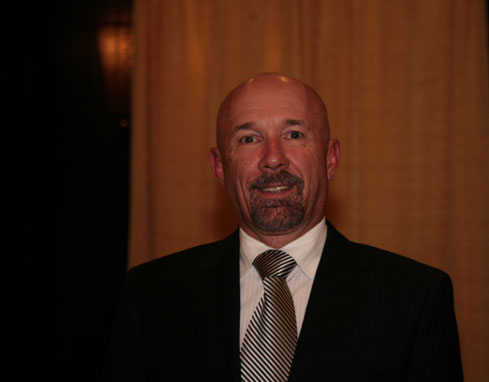
Michael “Mickey” Fulp, Mercenary Geologist and analyst, shares three key factors for investing in exploration and mining companies.
Known and respected throughout the mining community as a dedicated field geologist, mapper, and prospector, Mickey Fulp works regularly as an analyst for public and private companies, investment funds, newsletter and website writers, private investors, and brokers. In over three decades of experience, Fulp has seen nearly every rock type on the planet. His knowledge of the exploration and evaluation of a variety of commodities in many diverse geological environments is second-to-none.
“2009 was the best year on the venture exchange since 1983,” said Fulp. “Everything was so beat down in 2008 that we came from the bottom of the barrel. But even though 2009 was a wonderful year for the good companies, it was not a great year for the majority of companies on the venture exchange. That can be realized by looking at the Index. It ended the year around 1400. It is currently at 1455. So we are still about 60 percent lower than we were at the top in November of 2007.”
Even though Fulp took a hit when the economy sank in 2008 along with everyone else, he rebounded by investing in a few good companies. “I am worth twice as much today than I was then,” he explained. “But I made some smart investments. Many companies have diluted themselves into being nonviable by having to finance at low share prices. That is why you need to research and learn everything you can about junior resource companies. Through tax-loss selloffs, I was able to generate enough cash to pick up some good companies at remarkable discounts. I became a bottom feeder, which produced remarkable returns in 2009. As of today, there are still many good companies on the venture exchange.”
According to Fulp, there are three key factors every investor should consider before making an investment in a mining company. “It’s all about share structure, people and projects,” he said. “These are the three things all investments should be based on. I’ve written about how to do this on numerous occasions. I’m actually writing a book about it. All three key factors have to be right before I make an investment.”
Based on these strict criteria alone, Fulp rejects more than twenty companies for every one he agrees to investigate further. “As a geologist, I start with the project first and foremost,” he explained. “If it has the right project then I go to the share structure. After examining the share structure, then I go to the people. The company management must have experience in the junior resource sector, and they must also have a proven record of success. I also look at their website, because if it’s not up to certain standards and properly done I will move on. The website, to me, reflects management’s style and attention to its shareholders. I also determine if the company is undervalued compared to its peers. Peer valuations change, and individual company valuations change with time. I’m looking for a company that currently is undervalued. If I do my job right, the company I invest in won’t be undervalued much longer and will double in 12 months.”
When Fulp is examining a mining project, he gets right down to the commodity and geological setting. “Right now I am interested in gold deposits, silver deposits, copper deposits, uranium and rare earth metals. If its nickel, I’m not interested. If it’s zinc, I’m not interested. If it’s gold, then I am looking for open pitable and heap leachable projects. The reason why is because they have a low capex and low development costs. In the rare earth element sector, it’s more specific to the company. I am looking for those that have advanced projects in that sector. Or I’m looking at companies with new discoveries and major exploration potential.”
One company that Fulp is interested at the moment is Pediment Gold. Pediment Gold is working on advancing gold assets in Mexico. They currently have two deposits, both open pitable and leachable. The company is also well funded, with a robust treasury of $15 million and no debt. Rare earth companies on Fulp’s list include Avalon Rare Metals, Rare Element Resources and Quest Uranium. Avalon’s primary asset is the advanced development stage project, Nechalacho located in the Northwest Territories of Canada. Rare Element Resources has 100 percent interest in the Bear Lodge property, which contains one of the largest light rare-earth deposits in North America as well as extensive disseminated gold occurrences. And Quest Uranium is currently advancing a high-potential project in the Strange Lake area of northeastern Québec, “As far as share structure is concerned, I am a firm believer in a tight share structure,” said Fulp. “Unless they are development companies, companies I cover generally have a low number of shares. When management teams are shareholders themselves, it makes a difference. I like to see about 10 to 20 percent of the shares held by insiders, family, and friends. If there are major institutional holdings, I want to make sure those shares are spread around. You want to see a significant ‘public float,’ and good trading volume on a regular basis.”
Overall, investing in mining companies for 2010 is a good move — if you are a disciplined and smart investor. Fulp firmly believes that the stability of the market in the junior resource sector depends on the price of gold. “As long as there is a robust price of gold, this business will continue to prosper,” he said. “Valuations will rise and fall with the price of gold. They always have and they always will.”
For more Information:
http://www.mercenarygeologist.com